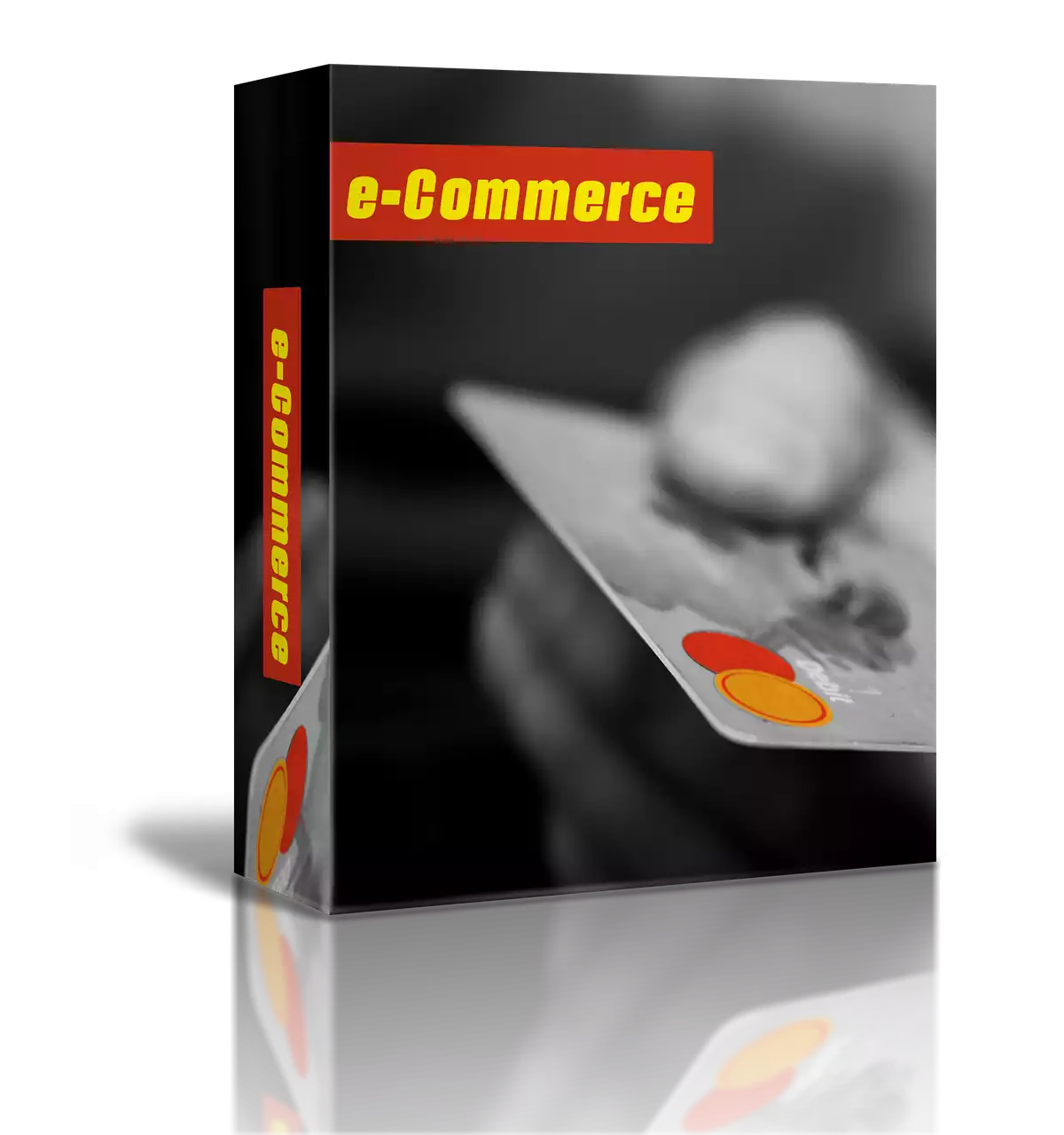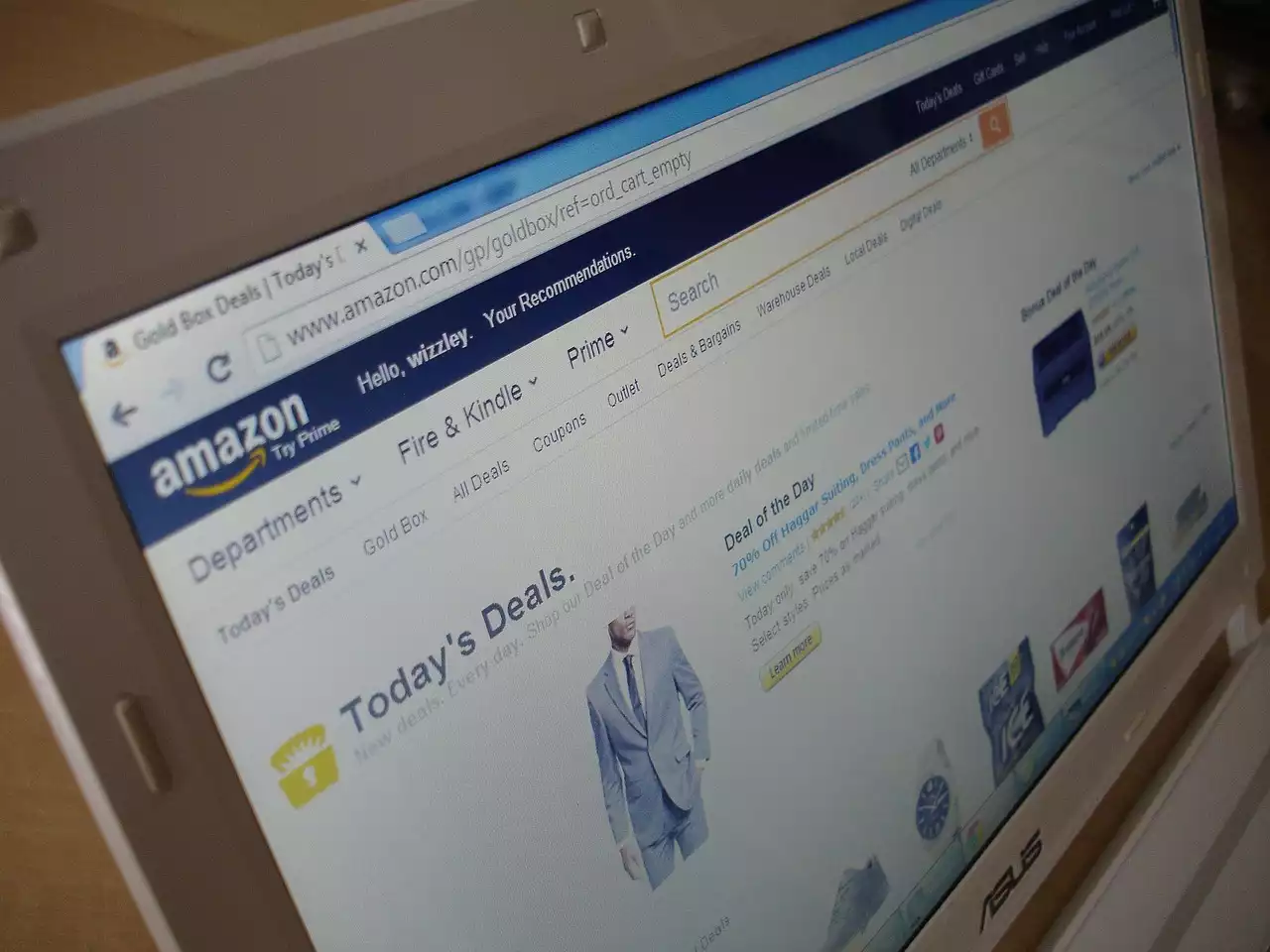Understanding Amazon's algorithm and ranking system
To succeed on Amazon, you need to understand how the platform's algorithm works. Amazon's search algorithm is designed to provide the best possible customer experience by displaying the most relevant products at the top of search results. To achieve a high ranking, you need to optimize your product listing for the right keywords that your target audience is searching for.
Amazon's algorithm takes into account several factors to determine the relevance and ranking of a product. These include the product title, description, bullet points, images, and customer reviews. The more relevant and compelling your product listing is, the higher your chances of ranking higher in search results.
One of the most important factors in Amazon's algorithm is sales history. The more sales and positive reviews your product has, the higher your product will rank. This is why it's important to focus on providing excellent customer service and encouraging satisfied customers to leave positive reviews.
How Amazon's Ranking Algorithm Works | Ranking Factors Explained
Conducting market research and identifying profitable products
Before you start selling on Amazon, it's essential to conduct thorough market research to identify profitable products that have high demand and low competition. This will help you avoid wasting time and money on products that won't sell.
Start by researching popular product categories and niches on Amazon and identifying gaps in the market. Look for products that have high sales volume and positive reviews, but low competition. This will give you an idea of the types of products that are in demand but are not oversaturated.
Another way to identify profitable products is by using Amazon's Best Seller Rank (BSR) and Amazon's Product Research Tool (PRT). BSR ranks products in each category based on their sales volume, while the PRT helps you analyze competition, demand, and profit margins.
Creating a winning product listing
Your product listing is the first impression that potential customers have of your product, so it's essential to make it as compelling and informative as possible. Your product listing should include a clear and concise title, detailed product description, high-quality images, and bullet points that highlight the product's features and benefits.
When creating your product listing, make sure to use keywords that are relevant to your product and your target audience. This will help your product show up in search results when customers search for those keywords.
It's also important to optimize your product listing for mobile devices since more than half of Amazon's customers shop on their mobile devices. Make sure your product images are optimized for mobile screens and that your product description is easy to read on a small screen.
Finding and targeting your audience
To succeed on Amazon, you need to know who your target audience is and how to reach them. Amazon offers several tools to help you find and target your audience, such as Amazon's Sponsored Products and Amazon's Advertising Console.
Sponsored Products allow you to promote your products on Amazon and reach customers who are searching for similar products. You can target your ads based on keywords, product categories, or specific products.
Amazon's Advertising Console offers more advanced targeting options, such as targeting customers based on their shopping behavior, interests, and demographics. This can help you reach a more specific audience and increase your chances of making a sale.
Pricing strategies for Amazon sellers
Pricing your products on Amazon can be tricky since you need to balance profitability with competitiveness. Your pricing strategy should take into account your costs, profit margins, and the prices of similar products on Amazon.
One strategy is to price your products slightly lower than your competitors to attract customers and increase sales. Another strategy is to price your products higher than your competitors but offer additional value, such as free shipping or a money-back guarantee.
You can also experiment with different pricing strategies, such as dynamic pricing or seasonal pricing, to see what works best for your products.
Pricing strategies to accelerate your sales on Amazon
Optimizing for Amazon SEO
To rank higher in Amazon search results, you need to optimize your product listing for Amazon's search algorithm. This includes using relevant keywords in your product title, description, and bullet points, and optimizing your product images for search.
You should also focus on providing excellent customer service and encouraging satisfied customers to leave positive reviews. This will help increase your sales volume and improve your product's ranking.
Another way to optimize for Amazon SEO is by using Amazon's A+ Content. A+ Content allows you to create customized product descriptions that include enhanced images, videos, and text. This can help improve your product's visibility and increase your chances of making a sale.
Utilizing Amazon advertising
Amazon offers several advertising options to help you reach a broader audience and increase your sales. Amazon's Sponsored Products and Sponsored Brands allow you to promote your products on Amazon and reach customers who are searching for similar products.
You can also use Amazon's Display Advertising to reach customers on other websites and apps. This can help you reach a wider audience and increase your brand awareness.
Another advertising option is Amazon's Influencer Program, which allows you to partner with social media influencers to promote your products. This can help you reach a more targeted audience and increase your sales.
Managing inventory and order fulfillment
Managing your inventory and order fulfillment is essential to providing an excellent customer experience and avoiding negative reviews. Amazon offers several tools to help you manage your inventory and fulfill orders, such as Amazon's Fulfillment by Amazon (FBA) and Amazon's Seller Fulfilled Prime (SFP).
FBA allows you to store your products in Amazon's warehouse and have Amazon handle the shipping, customer service, and returns. This can help you save time and provide faster delivery to customers.
SFP allows you to fulfill orders yourself but still offer Prime shipping to customers. This can help you save on fulfillment costs while still providing a good customer experience.
Handling customer service and reviews
Providing excellent customer service is crucial to succeeding on Amazon. You should always respond promptly to customer inquiries and complaints and strive to resolve any issues as quickly as possible.
Encouraging satisfied customers to leave positive reviews can also help improve your product's ranking and increase your sales. You can use Amazon's Request a Review feature to automatically send review requests to customers after they make a purchase.
It's also important to monitor your product reviews regularly and respond to any negative reviews. This shows that you care about your customers and are committed to providing a good customer experience.
Staying competitive and growing your Amazon business
To stay competitive on Amazon, you need to stay up-to-date with the latest trends and changes on the platform. This includes monitoring your competitors and adjusting your pricing and marketing strategies accordingly.
You should also focus on building your brand on Amazon by creating a strong brand identity and providing a consistent customer experience. This can help you establish a loyal customer base and increase your sales over time.
Finally, consider expanding your product line and selling on other marketplaces to diversify your revenue streams and reach a broader audience.






.png?size=50)



.png?size=50)